El Sorolla Museum de Madrid proposes us a temporal exposition that breaks with the most characteristic paintings of the Valencian artist.
Just the title of the exhibition, “Sorolla in black", announces the opposite of what one expects from this naturalist light painter, the luminous sunsets and the brilliant colors.
The surprise effect and contradiction are the dominant note of an exhibition that reveals one of the most unknown facets of the prolific Valencian painter.
The artistic exhibition is made up of 62 works, 20 of them from private collections and institutions that we would not otherwise be able to see and that you can now enjoy until November 27 in the aforementioned Sorolla Museum.
We remind you that this temporal exposition is one of those periodically created by this art gallery that houses the building that served as the artist's workshop and home, and that you can take advantage of to visit if you have not yet done so in the General Martínez Campos Walk de Madrid.
All the information in detail
The best things to see at the “Sorolla in black” exhibition
They are very important pieces, some had never been exhibited, others had not seen the light of day for decades.
Among them are the portraits of Manuel Bartolomé Cossío, Manuel Ducassi or the Queen Maria Christina restored for the occasion.
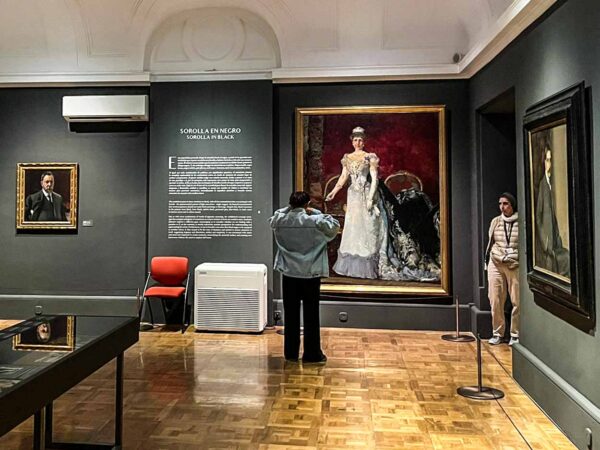
Another gem is the picture of echegaray belonging to the collection of Bank of Spain.
Along with these portraits, others stand out Scenes from everyday life, as their daughter Maria painting, or the gray day on the beach in Valencia, one of the most exquisite and careful works of Sorolla.
This exhibition is also complemented by a photo collection contemporaries of his works, in which the aim is to reflect on his work and his style.
Black and white photos, which, although it may be a paradox, intensify the luminosity of his work.
But not only whites fit into his palette, but also black in all its ranges: ivory black, bone black, charcoal black, that of the sobriety of male portraits, the elegance of female ones or the black of pain and the shadows.

The black of monochromes and that of melancholy.
Sorolla He learned the early years from the Spanish masters, el greco, Velázquez: Goya, who also used black, something that has been reflected in their work, as can be discovered in this exhibition.
The exhibition tries to take us out of our comfort zone, and unlearn what we knew about Sorolla, or at least complement it.
In it we will also find many references to current issues such as alcoholism or prostitution.
On the second floor of the Sorolla House Museum, an area once dedicated to his private rooms, temporary exhibitions of the artist are regularly displayed.
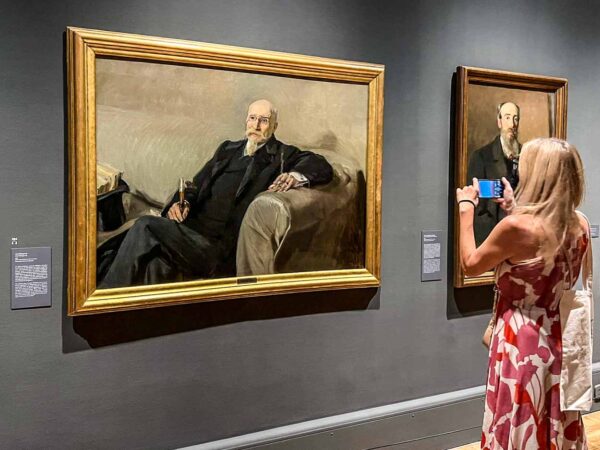
For this occasion, the walls have been painted gray, to achieve more contrast and atmosphere and to promote uniformity of the color of the sample.
The exhibition is structured in four sections that bring us closer to the different meanings that the color black had in his palette,
The first talks about the harmonies of black with gray tones; in the second, the symbolism of the blacks; in the third, the contrast with other colors; and in the fourth, they are monochromatic paintings.
Portraits in exhibition “Sorolla in black”
The first impact is that of this room male portraits practically uniformed with their elegant black morning suits that reflect the position, social class and even the age of their characters.
ORGANIZE your TRIP
- Don't forget your TRAVEL INSURANCE with a 5% discount
- Book the HOTEL for your trip
- RENT a CAR for your trip
- The best TOURS and EXCURSIONS in Spanish
- NO-LINE TICKETS for museums and monuments
- Best FREE TOURS around the world
- Book your TRANSFER from the airport
- eSIM card with INTERNET at the best price

As soon as we enter we are greeted by a self portrait of Sorolla dedicated to Francisco Pérez Arranz; next to him we find the historian Bartolome Cossío (1908)
Another of the jewels of this room is the full-length portrait of the Queen Maria Christina, restored for the exhibition, and the Nobel Prize in Literature, Jose Echegaray.
Among the portraits in the room, you will also see those of Sorolla's children, who are never missing, Maria Elena y Joaquin, next to his elegant wife Clotilde Garcia del Castillo dressed in gray
Paintings that manage to reflect the personality of the character and the fashion of the time.
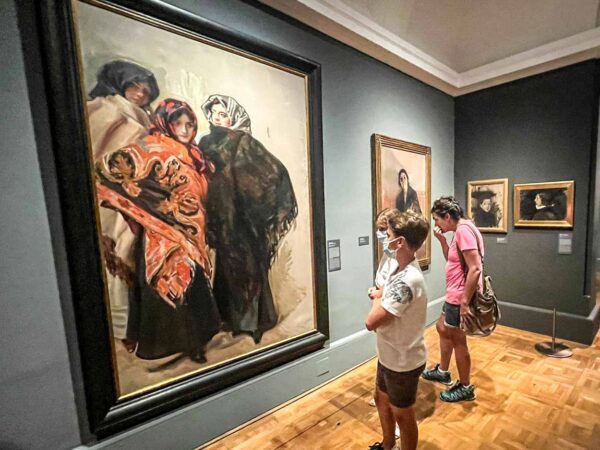
Black and gray were and are interpreted as modern and elegant colors, they give depth to the works, sobriety and silence.
In the center of the room there is a display case with Pictures of Sorolla and his family in black and white.
In section we find some of his crudest works that reflect the reality and society of the moment.
Issues of social denunciation, customs, which unfortunately have not expired like alcoholism, abortion or prostitution.
For these paintings, Sorolla uses the black of mystery and uncertainty or drama.
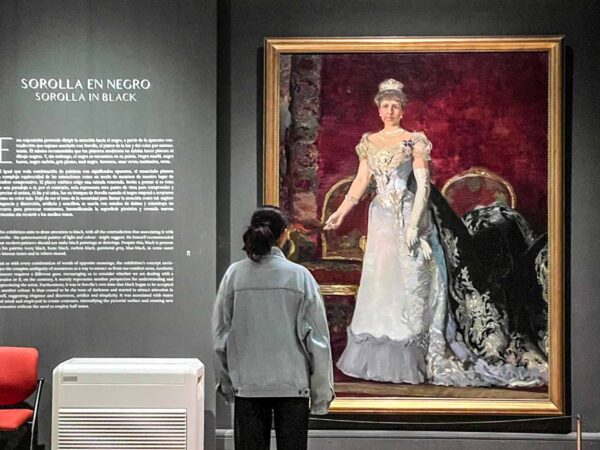
Like it shows, "White slave traffic” (1894), study for “Another Daisy"(1892),"The Segovian” (1907) or “Basque Drinker” (1910) from the Museum of Malaga.
Among the works there are also some less known ones such as “Zahara's surprise”, an oil painting on cardboard commissioned to illustrate the legends of Zorrilla.
Apart from the pictorial works, we also found hanging on one of the walls, a handwritten letter sent by Sorolla a Pedro Gil de Mora in the month of February 1900.
Masterpieces on display “Sorolla in black”
In the third section of the exhibition we find several masterpieces, which force you to stop and observe its beauty.
In these paintings, black is especially focused on in powerful contrast with other colors; It is the case of “The shadow of the boat” (1903) or the oil painting of the “Three Madrid” (1912), both from Sorolla Museum.
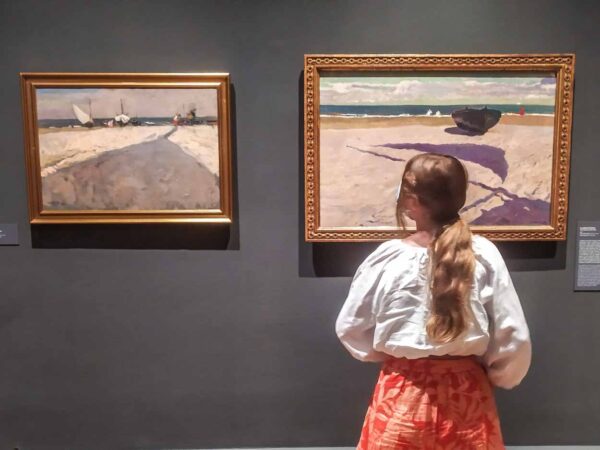
In this scene the artist shows us three chulapas with their characteristic shawls of a quite unusual color, which you are not used to seeing.
Along with them also stands out the portrait of “Agustín Otermín” belonging to the collection of Banco Santander and "Andalusian girl” (1914) from a private collection, a scene in which black and white are displayed with strength and realism.
Monochromes in exhibition “Sorolla in black”
The exhibition ends with monochromes, single color scenes that combine different grayish or bluish colors of enormous complexity.
Experts say that it is an authentic demonstration of technical virtuosity, among other reasons, because the image manages to transcend emotions.
Authentic gems like “Gray day on the beach in Valencia” (1901), of wonderful luminosity despite the entire range of grays that merge between the sky, the land and the sea.
Don't forget your Travel Insurance
Are you organizing your trip or getaway? Don't leave without take out your travel insurance before, and here we explain why. If you hire it with us, you have a 5% discount
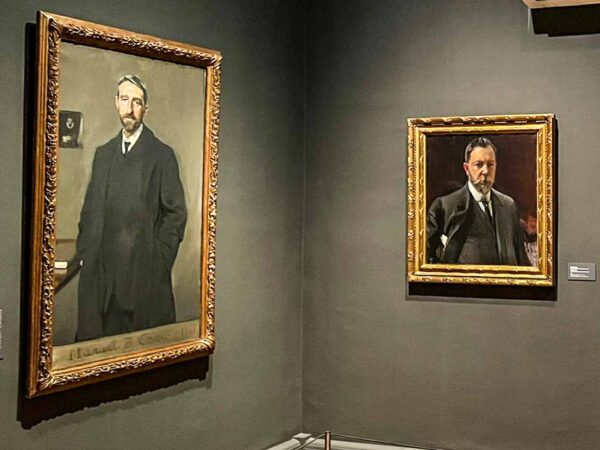
A difficult painting to paint outdoors in which Sorolla masterfully captures all atmospheric conditions.
Nor could the painting of his daughter be missing to bid farewell to this exhibition.”painted mary”: if you look closely at its bottom, you will realize that it is unfinished.
Who was Sorolla
Impressionist, post-impressionist and luminist, Joaquin Sorolla He is one of the painters who is most liked and most loved by the general public.
Unmistakable for his obsession with light that he captured in all his works, scenes of daily and family life, the Valencian beaches, the coastal environment and countless portraits that earned him early international recognition.
His technique consisted of using juxtaposed paintings, with heavy colors and densities that blend with the previous layers, giving depth, shadows and lights.
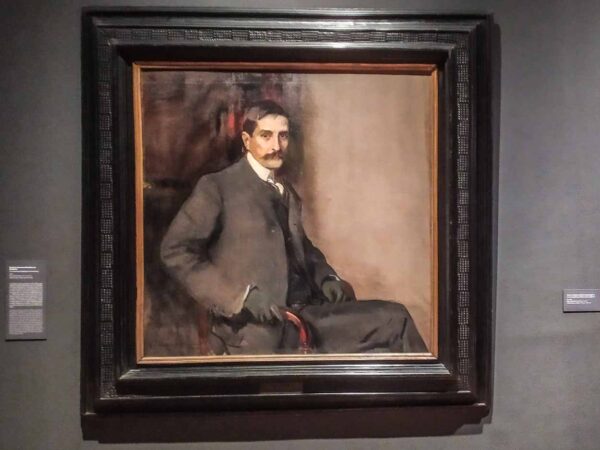
Joaquín Sorolla He was born in Valencia in 1863 and died in Cercedilla, in Madrid in 1923, he studied at the San Carlos Higher School of Fine Arts, and completed his training in Paris and Rome.
He left more than 2.200 works cataloged after tireless work for more than 20 years.
You can see his essential works in the Sorolla House-Museum, between them:" Mother","Boys on the beach","Walk along the sea","Bathtime","Running on the beach","The horse's bath" or "Sewing the sail".
“Sorolla in black” exhibition hours
The Visiting hours for the Sorolla in black exhibition They are, from Tuesday to Saturday, from 9,30:20 a.m. to 10 p.m., and Sundays and holidays, from 15 a.m. to XNUMX p.m., being closed to the public on Mondays.
ticket prices
The ticket prices To see the exhibition, the general fee is 3 euros, with free entry for those under 18 years of age, students up to 25 years of age, youth card holders, disabled people and people over 65 years of age.
El price of the audio guide of the Sorolla exhibition in black it is 2,75 euros.
Guided tours
El Sorolla Museum It also offers the possibility of making guided tours to the temporary exhibition carried out by cultural volunteers.
Specifically, on Wednesdays, September 21 and 28 at 13.00:22 p.m., and Thursdays, September 29 and 18.30 at XNUMX:XNUMX p.m.


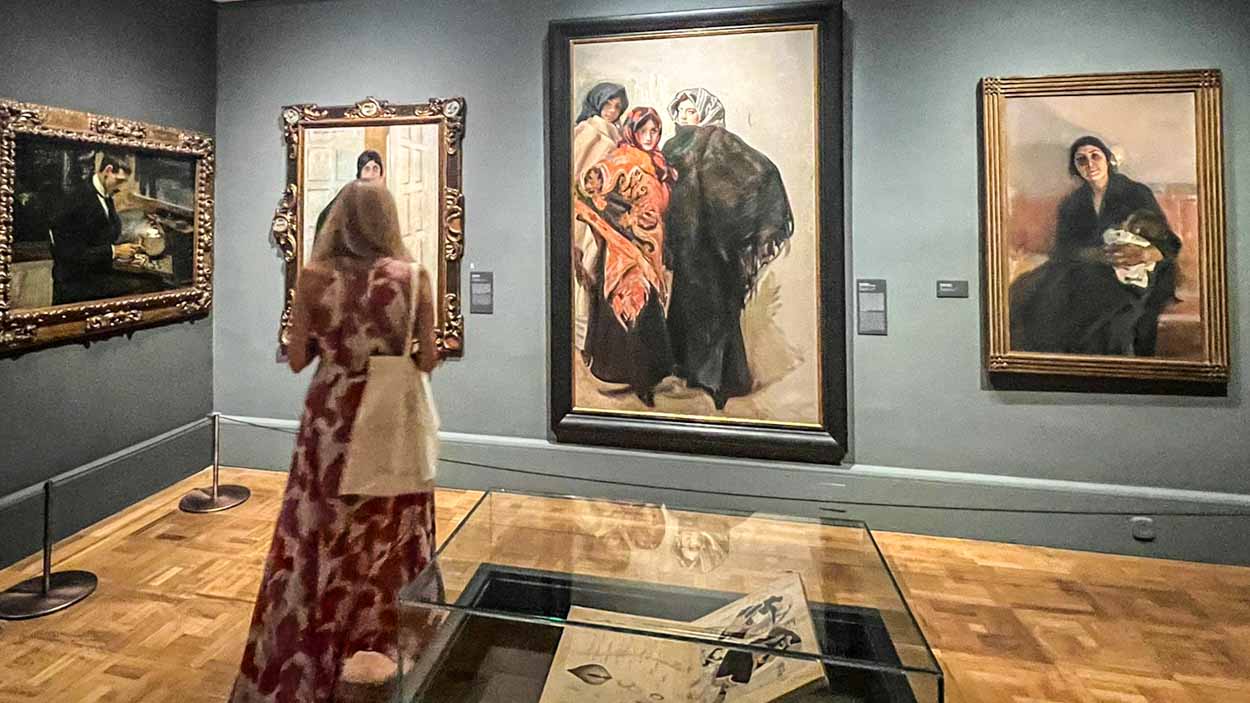

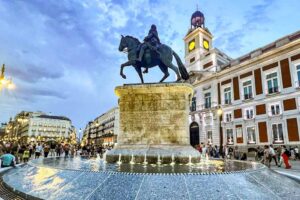
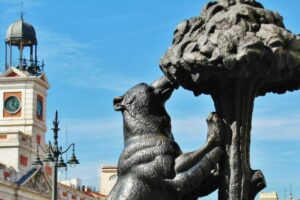











Comment